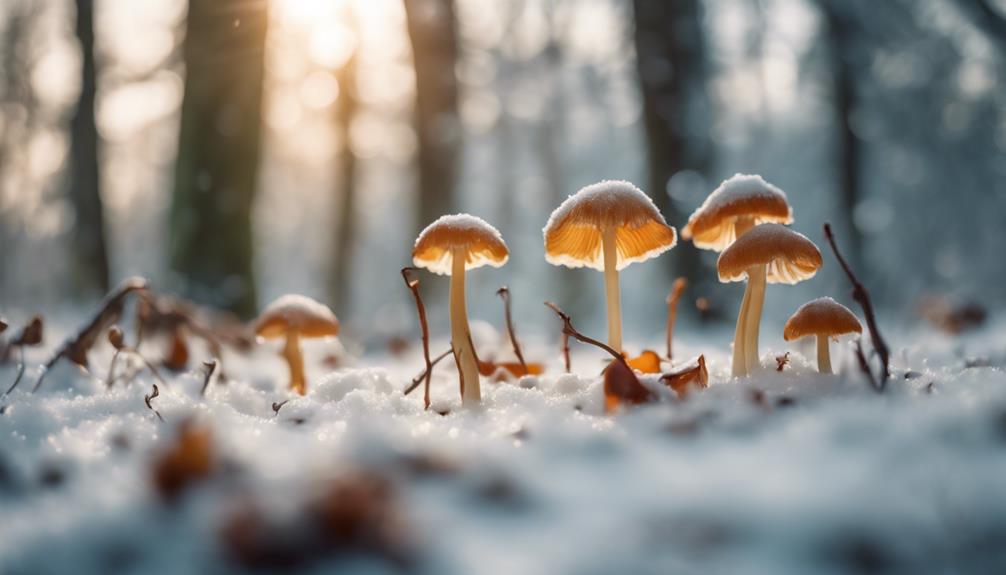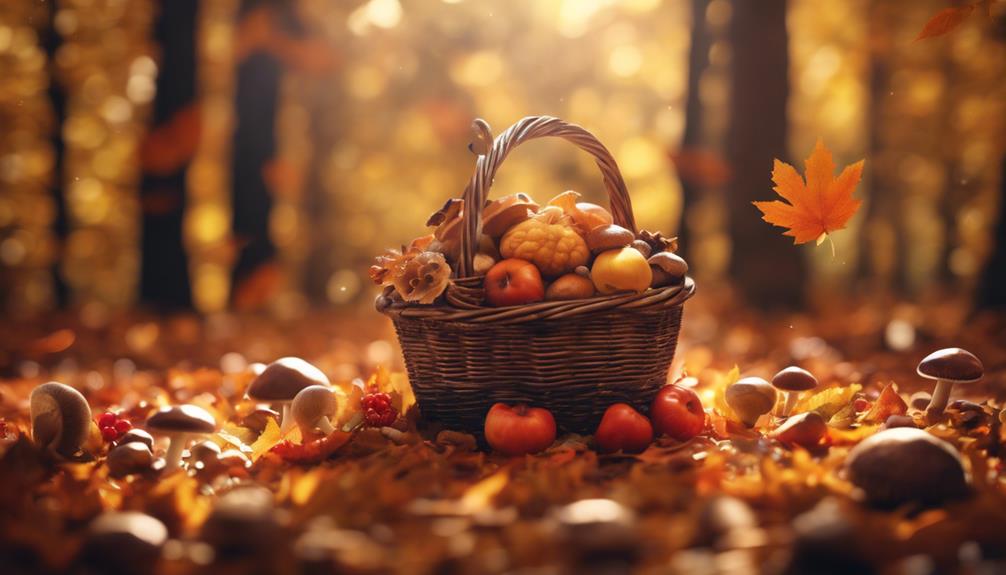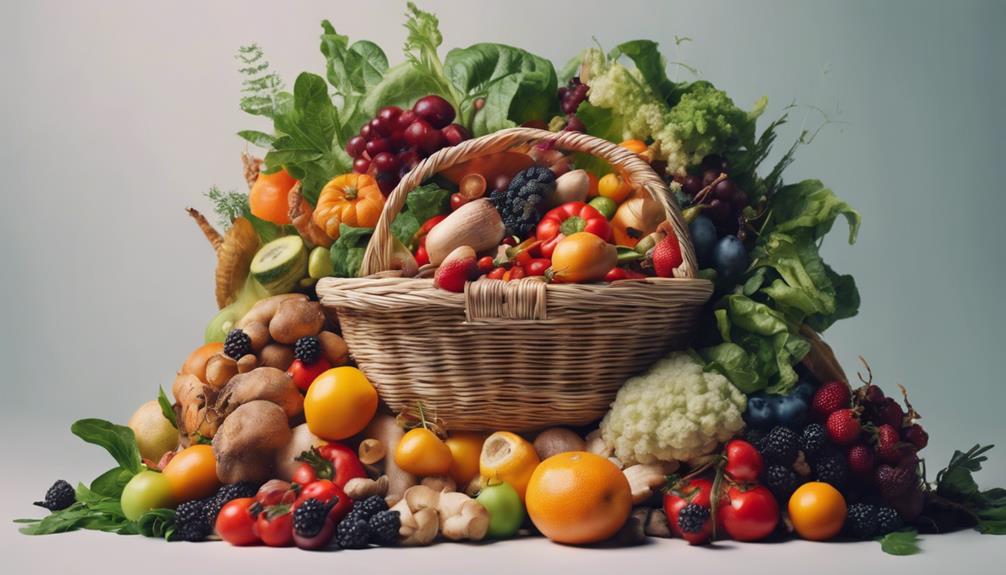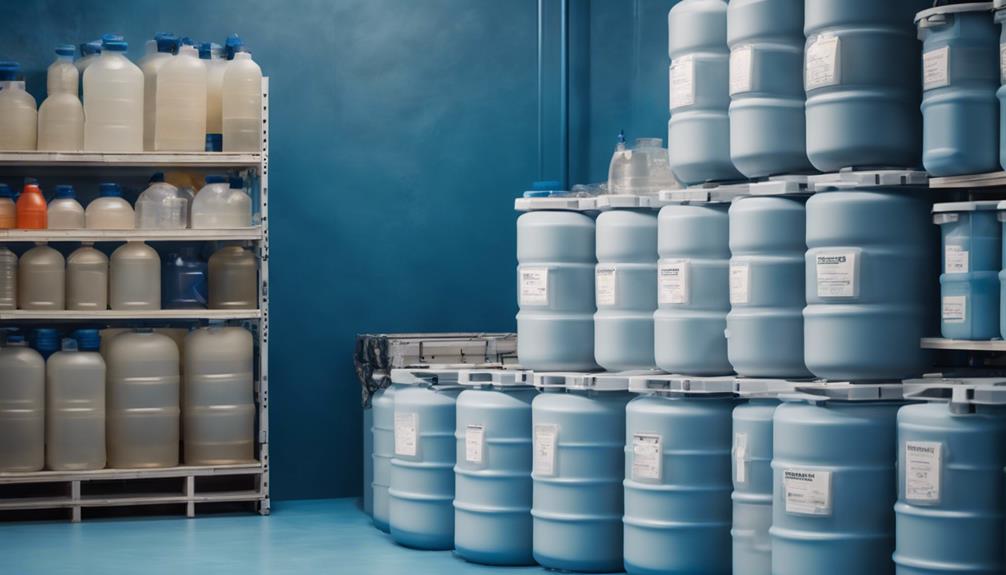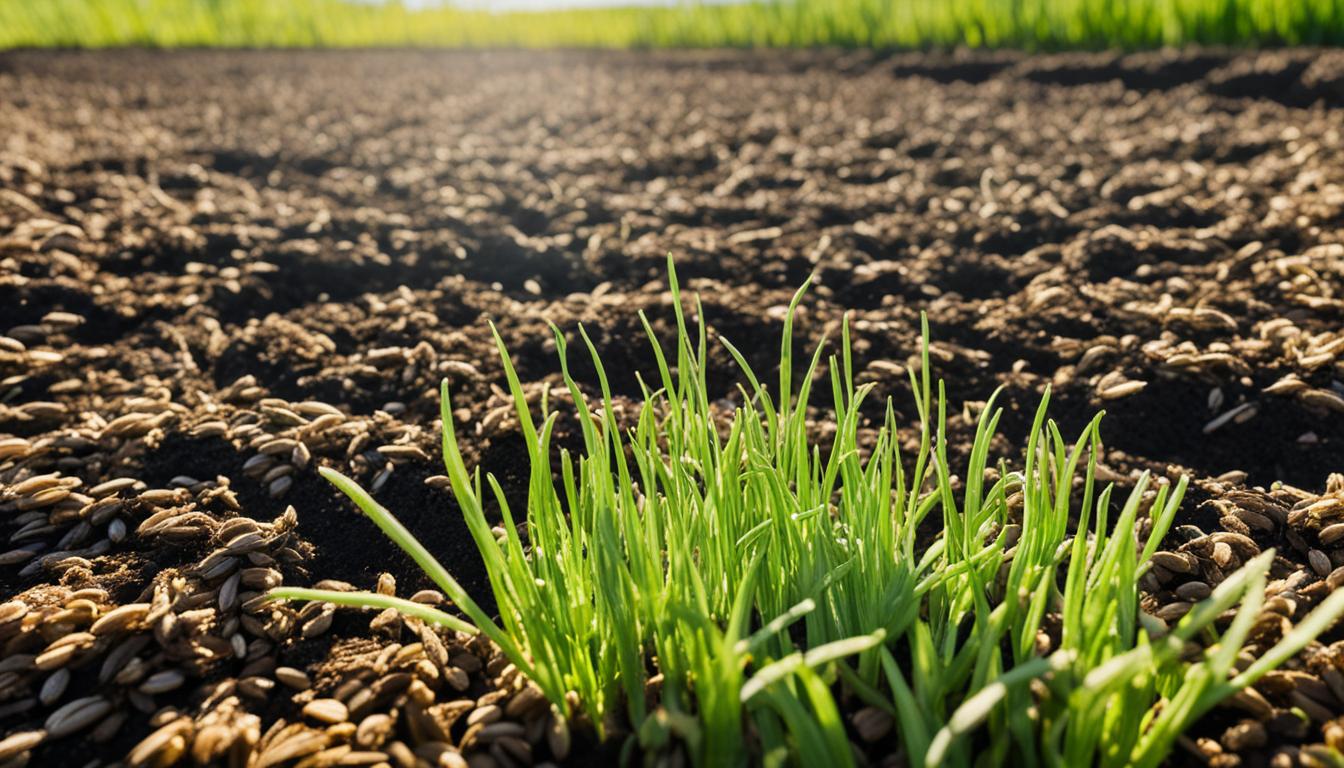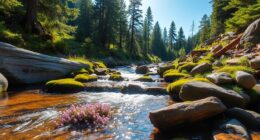As you venture out into the winter landscape, you'll discover that December's frozen terrain conceals a treasure trove of medicinal trees, edible berries, and hidden vitamin sources waiting to be revealed. Pine trees offer anti-inflammatory properties, while birch trees provide antioxidants for pain relief. Cranberries and rose hips are rich in vitamins A and C, boosting your immunity and overall wellness. With proper identification and safety precautions, you can reveal winter's wild delicacies, from vitamin-rich teas to nutritious treats. Explore further to uncover the secrets of winter foraging and reveal a world of natural remedies and flavors.
Key Takeaways
- Pine tree needles offer anti-inflammatory properties and vitamin C for cold and flu relief and immune system boosting.
- Birch tree bark provides antioxidants for pain relief and is rich in vitamins and minerals for tea or flour.
- Quince tree fruits are rich in antibacterial compounds for immunity and provide a valuable winter food source high in vitamin C.
- Oak tree acorns can be used in herbal medicine for diabetes and liver diseases and turned into nutritious flour after bitterness removal.
- Proper identification and caution are necessary when foraging for winter edibles to avoid toxic look-alikes and ensure safety.
Winter's Medicinal Trees Revealed
As you venture into the winter landscape, you'll discover that some of the most potent medicinal remedies are hiding in plain sight among the trees. Take, for instance, the humble pine tree. Its needles possess anti-inflammatory properties, making them an excellent ingredient for a soothing tea to alleviate cold and flu symptoms.
Similarly, the birch tree's bark is a treasure trove of antioxidants, which can be brewed into a pain-relieving tea. The quince tree's fruits, rich in antibacterial compounds, can be consumed to boost your immunity.
And did you know that oak tree acorns have been traditionally used in herbal medicine to treat conditions like diabetes and liver diseases? These medicinal trees are waiting to be tapped into, offering natural remedies for a range of ailments.
Edible Berries for Winter Wellness

Exploring the winter landscape, you'll discover a colorful array of edible berries packed with antioxidants and vitamins to boost your immunity during the cold season.
Cranberries, for instance, are a rich source of vitamin C, which can help prevent colds and flu. Rose hips, on the other hand, are packed with vitamins A and C, making them an excellent addition to your winter diet.
However, exercising caution when foraging for winter berries is crucial, as some varieties can be poisonous. Be sure to properly identify edible berries before consumption.
Incorporating winter berries into your diet can add variety, flavor, and nutritional benefits, enhancing your overall wellness during the winter months. By doing so, you'll not only enjoy the flavors of the season but also reap the rewards of a healthier you.
Nature's Hidden Vitamin Sources

You'll uncover a treasure trove of hidden vitamins by foraging for trees, whose edible parts can be used to boost your immunity and energy levels during the winter season.
Pine trees, for instance, offer a bounty of vitamin C-rich needles. Simply steep them in hot water to create a soothing, essential-boosting tea.
Birch trees are another treasure trove, with bark that's rich in vitamins and minerals. You can use it to make tea or even flour.
Quince trees produce fruits that are high in vitamin C, making them a valuable winter food source once cooked.
And don't forget about oak trees, whose acorns can be ground into flour rich in nutrients once the bitterness is removed through soaking.
By exploring these edible trees in winter, you'll not only get necessary vitamins but also connect with nature's bounty during the colder months.
Foraging Safety and Precautions

Before you head out to forage for winter edibles, make sure to take necessary precautions to guarantee a safe and successful harvest. You'll want to properly identify plants to avoid toxic look-alikes, so take a field guide or expert with you if you're new to foraging.
Wear warm, waterproof clothing and gear to protect yourself from harsh winter conditions. Be cautious of slippery or icy surfaces, and consider bringing hand warmers or a thermos to keep you cozy.
It's also essential to let someone know your foraging plans and location in case of emergencies. Avoid foraging near roadsides, polluted areas, or industrial sites to prevent contamination.
Take your time, and don't rush the process – it's better to be safe than sorry. By following these simple guidelines, you'll be well on your way to a fun and safe foraging experience. Remember, safety always comes first, so don't hesitate to turn back if you're unsure about anything.
Happy foraging!
Unlocking Winter's Wild Delicacies

As you explore winter's wild delicacies, you'll discover a treasure trove of hidden edibles, from vitamin C-rich pine needles to medicinal birch tree bark. Winter foraging offers a wealth of nutritious and medicinal treasures, waiting to be revealed.
Here are some of the winter wonders you can reveal:
- Pine needles: Rich in vitamin C, these needles make a perfect tea to boost your immune system.
- Birch tree bark: Used for fire starting and tea-making, birch bark is a versatile and medicinal find.
- Quince tree fruits: High in vitamin C, these fruits need to be cooked before eating, but offer a delicious and nutritious treat.
- Oak tree acorns: Soak them to remove bitterness, and you can turn them into a nutritious flour.
Frequently Asked Questions
What Is Edible for Winter Foraging?
When you're out foraging in winter, you'll find that pine needles, birch bark, quince fruits, and oak acorns are all edible options, providing essential vitamins and sustainable food sources, if prepared correctly.
What Foods Are Winter Foraged?
You'll find that winter foraging yields pine needles rich in vitamin C, quince fruits high in antioxidants, and oak acorns for flour, plus birch bark for tea, all waiting to be discovered by you!
How to Identify Safe Food in the Wild?
When foraging, you identify safe food by looking for clear characteristics like leaf shape and fruit color, using field guides or apps, and consulting local experts to make sure you don't mistake toxic species for edibles.
How to Find Edible Plants in the Wild?
As you venture into the winter wonderland, imagine the trees whispering secrets of edible treasures. You can find edible plants in the wild by exploring diverse wooded areas, learning tree characteristics, and joining foraging groups to enhance your skills.
Conclusion
As you venture out into the winter landscape, remember that even in the coldest months, nature provides a surprising array of edible and medicinal treasures. Beneath the snow, hardy roots and bark offer sustenance, while evergreen needles contain high levels of vitamin C, a vital winter boost. With the right knowledge, you can find berries even in the dead of winter, making survival and nourishment within reach. Interestingly, what may seem daunting in winter can sometimes mirror the simplicity of *July foraging fun*, where the abundance of summer finds its quieter, hidden counterpart in the colder season’s stillness.
From trees that offer medicinal bark to berries packed with vitamins, winter's hidden edibles await discovery.
By being mindful of safety precautions and respecting the environment, you can reveal the secrets of winter foraging and reap the rewards of nature's winter harvest.

